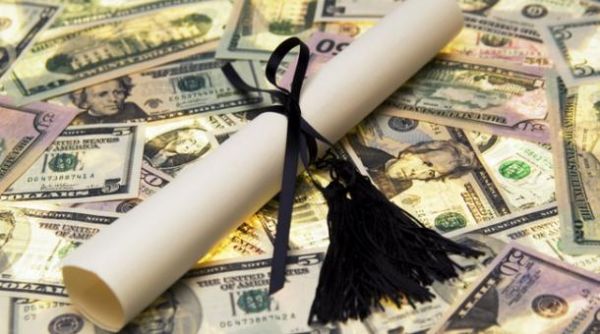Pay As You Earn Student Loan Repayment Plan Eases Debt Situations

The US Department of Education will begin a new student loan repayment plan on Friday, December 21. The plan is called Pay As You Earn and is intended to provide lower monthly payments on student loans for those in dire financial situations.
With any loan repayment plan, there are certain requirements that need to be met for eligibility. Pay As You Earn and previously instated Income-Based Repayment (IBR) both require applicants to be under partial financial hardship.
The education department's student aid website defines what partial financial hardship means:
You have a partial financial hardship if the monthly amount you would be required to pay on your eligible federal student loans under a 10-year Standard Repayment Plan is higher than the monthly amount you would be required to repay under Pay As You Earn.
The Standard Repayment Plan sets borrowers up with fixed monthly payments over a 10 year period. This offers the shortest span of time for payments, making it a better option to avoid interest accumulation. However, students with high amounts of total debt may have a hard time making these payments.
For example, a student with $10,000 worth of eligible debt would pay about $84 a month over 10 years (not accounting for interest). In this case, payments are manageable. A student with $60,000 worth of eligible debt would pay around $500 a month, which may not be feasible.
Pay As You Earn establishes monthly payments that adjust to the borrowers income and other monetary obligations. Monthly payments would be set to ten percent of discretionary income. Any single payment for a month will never exceed what the borrower would have paid in a month under the Standard Repayment Plan.
Loan forgiveness is also in effect with Pay As You Earn. If all monthly payments are met over 20 years, any excess debt is eliminated. Those under the plan who are full-time public service workers can quality for loan forgiveness in a ten year period.
The new plan is a variation of Income-Based Repayment. IBR establishes a twenty-five year span of payments up to fifteen percent of discretionary income.
Students who wish to go with the new plan will have to have taken a loan out on or after October 1, 2011, and must have been a new borrower as of October 1, 2007.
Direct loans, subsidized and unsubsidized, are eligible to be paid back through Pay As You Earn. Other loans such as those made to parents, or Federal Family Education Loans (FFEL), are not eligible, but are taken into account when determining partial financial hardship
For students looking into the new plan, the Department of Education created a calculator to provide payment projections.
Pay As You Earn was originally scheduled to be available in 2014, but the federal government expedited its implementation. The total national student loan debt is sitting at around $1 trillion. The average student loan debt is at around $26,500 per student.




